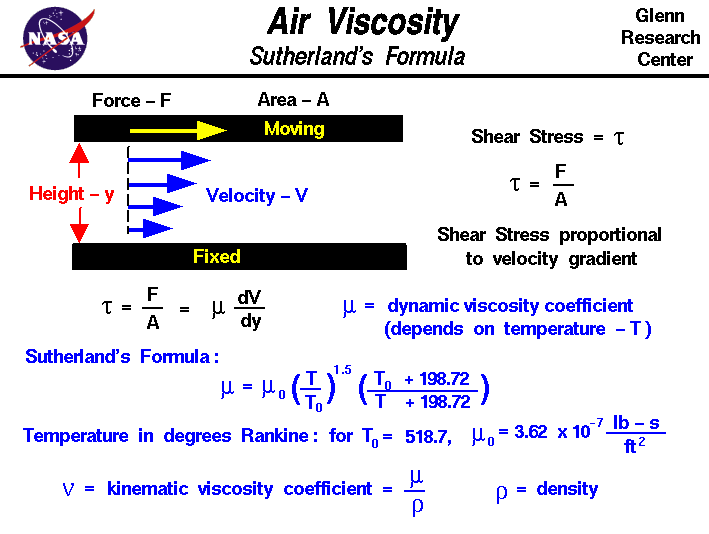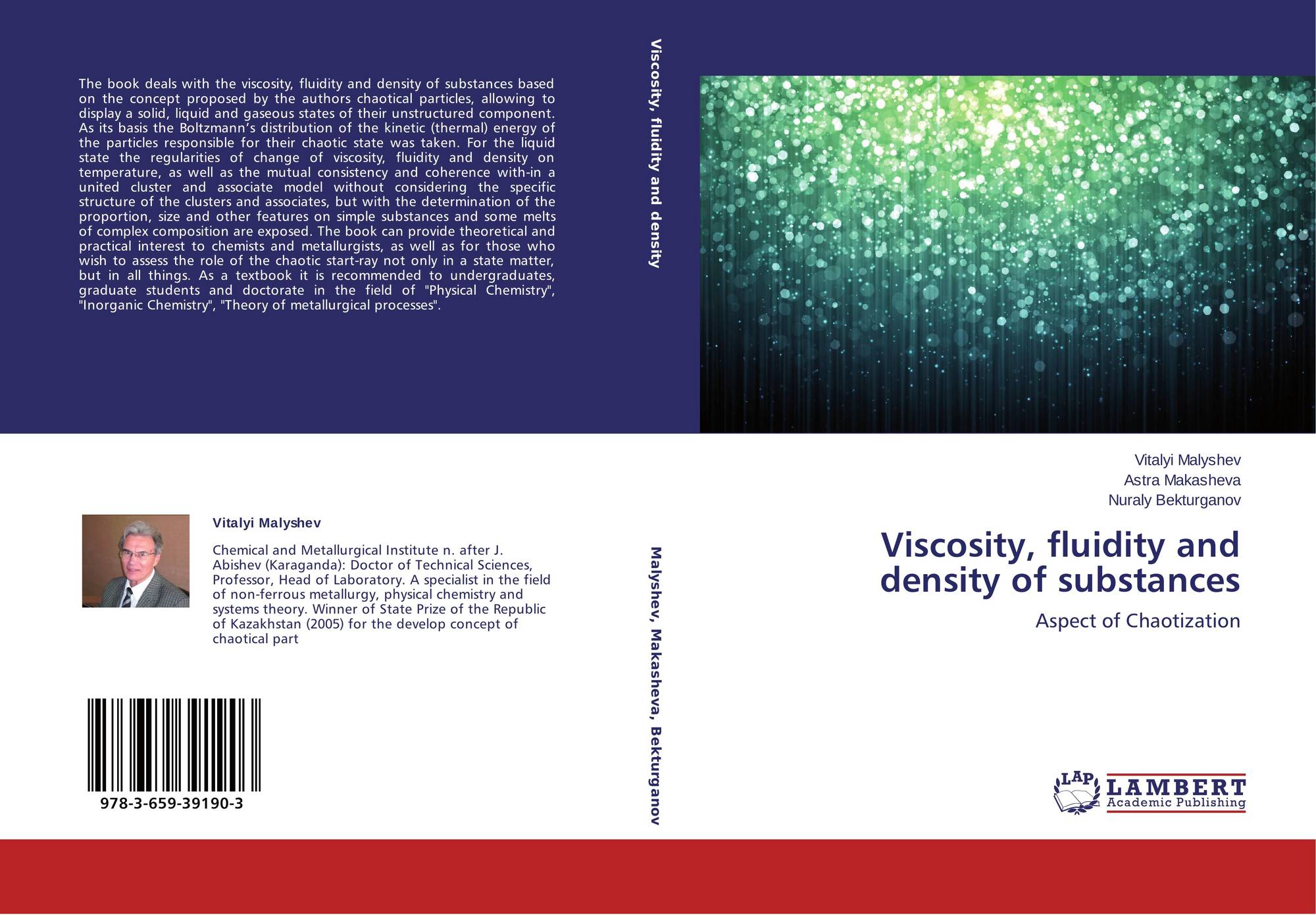

Seawater is usually the feed stream and the brine disposal is returned back to the sea 8.

This stream is called concentrate or brine stream. In addition to the fresh water stream, another by-product stream is generated with substantially higher electrolytes concentration than the feed. Energy is needed to separate the salts from water to get the fresh water stream. In desalination, feed of saline water with high concentrations of electrolyte solutions are used to get the fresh water. In the past two decades, desalination technology was practiced and proved to be a sustainable solution to fill this gap 6, 7. Nontraditional water resources are needed in order to cover the human’s need of water. Reaching clean water resources is becoming more difficult due to the increase of population, urbanization and climate changes. Theoretical and experimental investigations of viscosity of electrolyte aqueous mixture have been subject of interest to many researchers 1, 2, 3, 4, 5. The measurement of aqueous solution viscosity is expensive and time-consuming, especially when more than one electrolyte is involved. Dynamic viscosity is one of the important thermo-physical properties. Transport properties data of electrolyte solution is required for design and operation of many industrial processes like crystallization, food processing and fertilizer production. Comparison of the ternary solution density and viscosity with the few available data literature showed a good agreement. Ternary solution densities were successfully correlate with Kumar’s model with AAD of less than 0.4%. This has created difficulty in measuring the viscosity and consequently the challenge in finding the different models parameters. The amount of CaCl 2 has more significant effect on the ternary mixture viscosity compared to KCl. Viscosity of the ternary solution is higher than the viscosity of water by about 15% at low concentrations and reaches about 270% at the highest concentrations. The modified Jones–Dole showed the best results among other models. All models had successfully predicted the viscosity with high precision reaching a maximum average absolute deviation (AAD) of less than 2.3%. Al models are correlated as a function of temperature and concentration. Goldsack and Franchetto, Hu and Exponential models are used to correlate the viscosity data, too. A modified Jones–Dole was introduced by adding extra terms and proved to be suitable for modelling of the viscosity data. Measured viscosity and density data for ternary aqueous solutions of CaCl 2 and KCl are presented at temperatures between 293 and 323 K with 5 K increment.


 0 kommentar(er)
0 kommentar(er)
